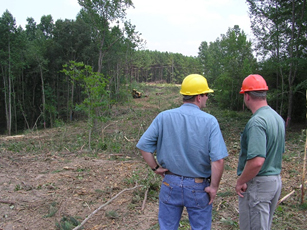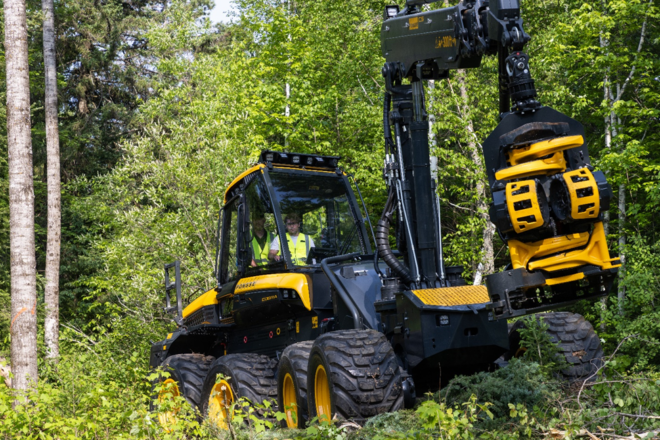Negotiating Mutual Satisfaction

What was the best continuing education class you ever took? For me, it was probably Chester Karrass’s Effective Negotiating short course. During the early years of my career, many forest industry companies enrolled their woodlands/forestry staff in this program. (The Karrass programs are still going strong after 50 years and one million attendees—see www.karrass.com.)
The Effective Negotiating short course taught me many principles that have helped in both my professional and personal life. The principle that has probably proven the most useful to me over the years is the idea of aiming to negotiate “mutual satisfaction.”
One way this principle played out in my work as an FRA Region Manager was with my regional meeting contract negotiations with hotels. I always tried to negotiate a cost-effective guest room rate and a short cutoff date for our room block, while hotels aimed for full occupancy and wanted FRA to fill the number of rooms contracted in our block. I would tell hotel sales staff that I recognized their biggest concerns, but that FRA had a past record to show them that I would satisfy their apprehensions in return for them meeting FRA’s needs. And we found that if FRA ever returned to the same hotel for a future meeting, both parties had built up trust to the point where we could make a new, mutually beneficial agreement with very little time and effort. (Author/educator/speaker Stephen Covey wrote an excellent book about this trust issue: see The Speed of Trust at www.speedoftrust.com.)
I have seen this “negotiate mutual satisfaction” principle work effectively in several ways with wood suppliers, wood consumers, and forest landowners. For example, a mill may not be the highest-paying wood-consuming facility in an area, but maybe it excels at providing a steady, fairly stable wood order and fast truck turnaround time to a wood supplier. The wood supplier may actually do better financially than at another facility where the delivered wood price is higher, but the mill’s wood order and truck unloading speed fluctuate widely. The wood supplier can optimize his equipment and labor investment when he has a steady work condition, and both parties benefit.
There are loggers and other timber buyers who do an excellent job of pleasing landowners with their careful harvesting job and outstanding sale/BMP closeout practices. In the long run, landowners may be more satisfied with these loggers than with a buyer who would pay more for the negotiated timber sale but not complete the job with as much care and attention to detail. Conversely, a large wood supplier once told me that one of his landowner clients valued price above all else and was unconcerned about “a careful harvest” when selling timber; as a result, the supplier would not assign his most careful, higher-cost harvesting crew to that landowner’s property.
A certain forest products company’s wood procurement staff that often negotiated with landowners for timber sales had a stated internal policy that they would not knowingly offer below-current-market prices for timber. They recognized that taking advantage of the timber sellers would not lead to satisfied landowners and repeat business in the long run.
Where both parties have a continuing relationship and/or reputation is at stake, a negotiation where only one side wins or feels satisfied often comes back to bite “the winner” because “the loser” usually finds a way to get back what they feel they lost in some way.
So, aim in negotiations to reach an agreement where both parties in a continuing relationship are satisfied. Sometimes the concerns of each party can be quite different, and most or all needs might be satisfied without “costing” each party what is most important to each.


